Ancient news stories
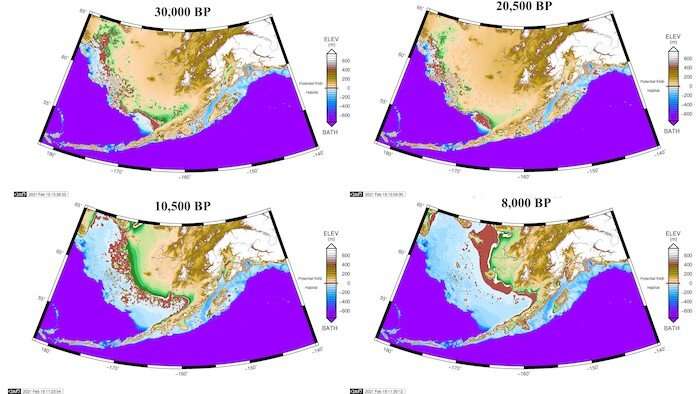
For thousands of years during the last ice age, generations of maritime migrants paddled skin boats eastward across shallow ocean waters from Asia to present-day Alaska.

New discovery shows early humans were using fire at least 900,000 years ago, leading experts to suggest that that ability to cook food led to major otherwise inexplicable changes in human gut anatomy, dentition, facial shape and increased brain size

Archaeologists have found the oldest home in hominin history. Unsurprisingly, it is a cave: Wonderwerk Cave in the Kalahari Desert.
On March 3, 2021, the governors of Texas and Mississippi announced that they were lifting their respective mask mandates, prompting criticism from President Biden, who called the move “Neanderthal thinking.” Biden was implying that lifting the mandates was a primitive act — but this understanding of Neandertals is an outdated stereotype, unsupported by modern research.
Photo by mostafa meraji on Unsplash
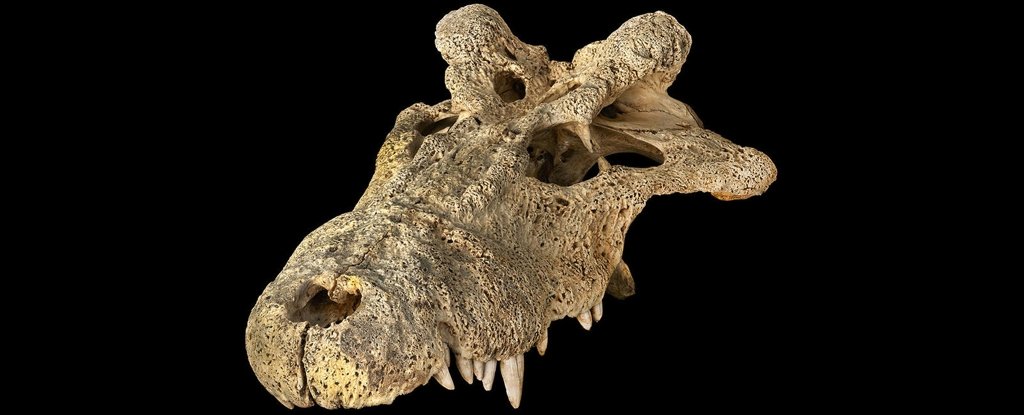
An extinct ‘horned’ crocodile that once called Madagascar home has finally found its place on the tree of life, according to a new study of two skulls stored at the American Museum of Natural History.
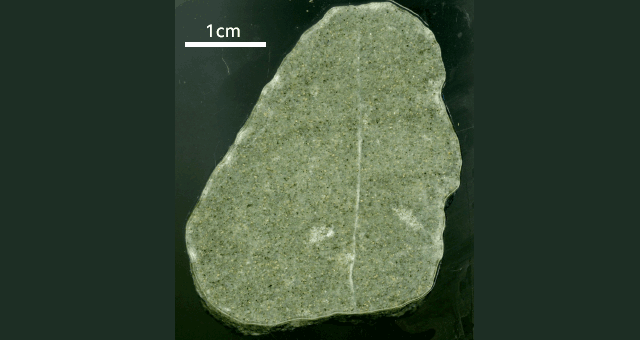
It’s an unassuming rock, greenish in colour, and just over 4cm in its longest dimension. And yet this little piece of sandstone holds important clues to all our futures.
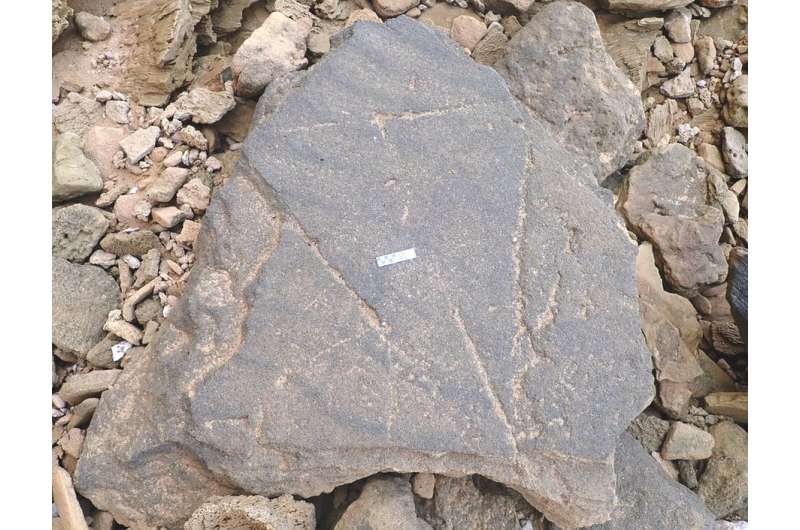
The Pleistocene epoch, which started 2.6 million years ago and lasted until about 11,700 years ago, was crucially important for our hominin ancestors.

In recent months a series of discoveries down shafts in Saqqara, Egypt, has captivated the world of archaeology
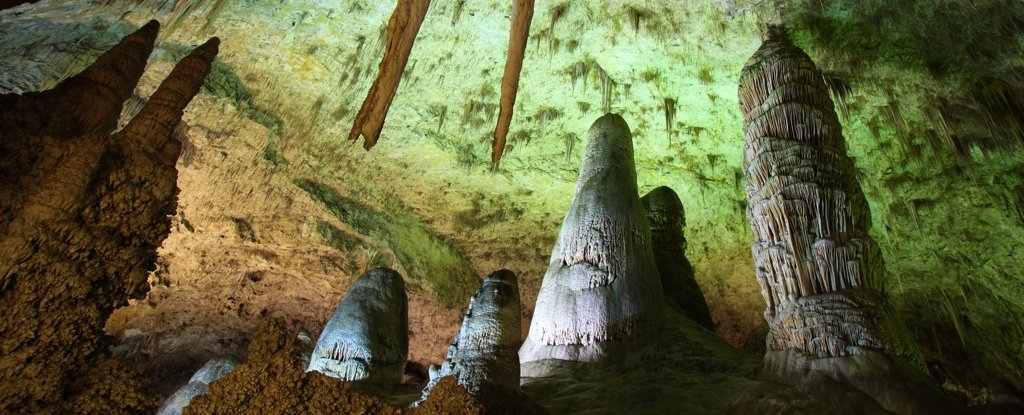
Deep underground, in mysterious caverns that seem almost measureless to humans, caves have devised their own strange ways of keeping time as the eternities pass by.
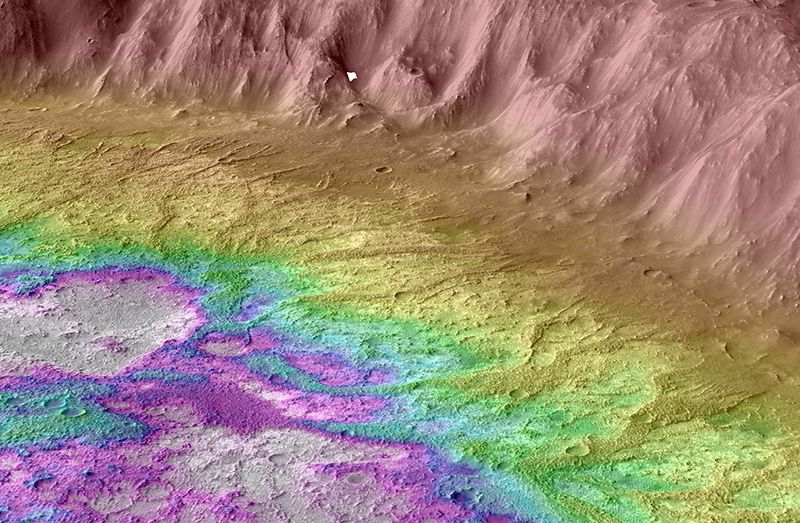
Mars’ ancient history interests scientists because if the arid planet was once warm and wet, it may have been habitable to life. One new study about an unnamed Martian crater suggests a new possibility about Mars’ past.
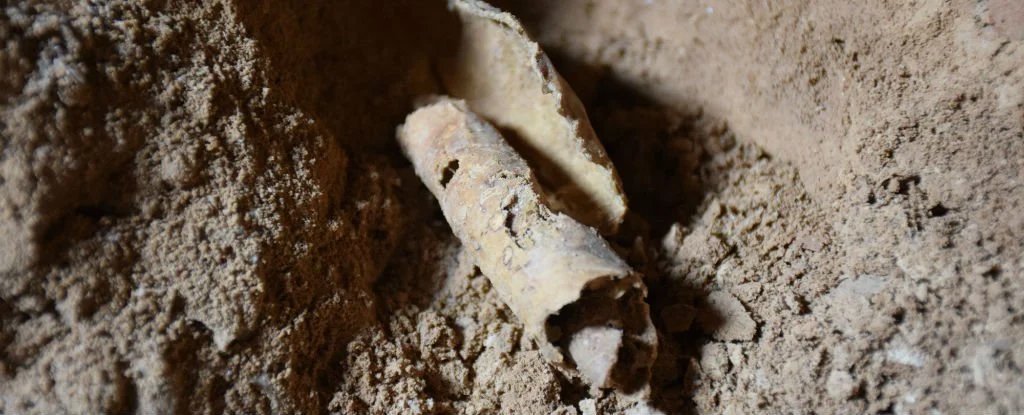
Ever since the Dead Sea Scrolls were accidentally discovered over 70 years ago in a cave in Israel, they have been a source of fascination.

Astronomers have reconstructed the 22m-year-long voyage of an asteroid that hurtled through the solar system and exploded over Botswana, showering meteorites across the Kalahari desert

Portraiture, perspective, impressionism, movement, mythology: cave artists could do the lot. And I have spent the past year on a virtual odyssey of their primordial wonders
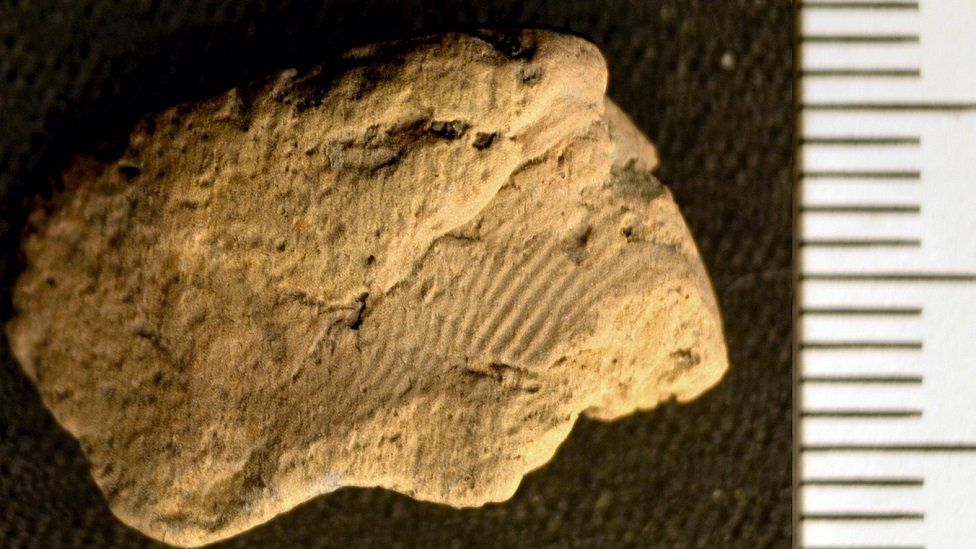
A fingerprint left on a clay vessel made by a potter 5,000 years ago has been found in Orkney.

Radioactive dust deep beneath the ocean waves suggests that Earth is moving through a massive cloud left behind by an exploded star.

As early as 12,000 years ago, nearly three-quarters of land on Earth was inhabited and shaped by human societies, suggesting global biodiversity loss in recent years may have been driven primarily by an intensification of land use rather than by the destruction of previously untouched nature.








